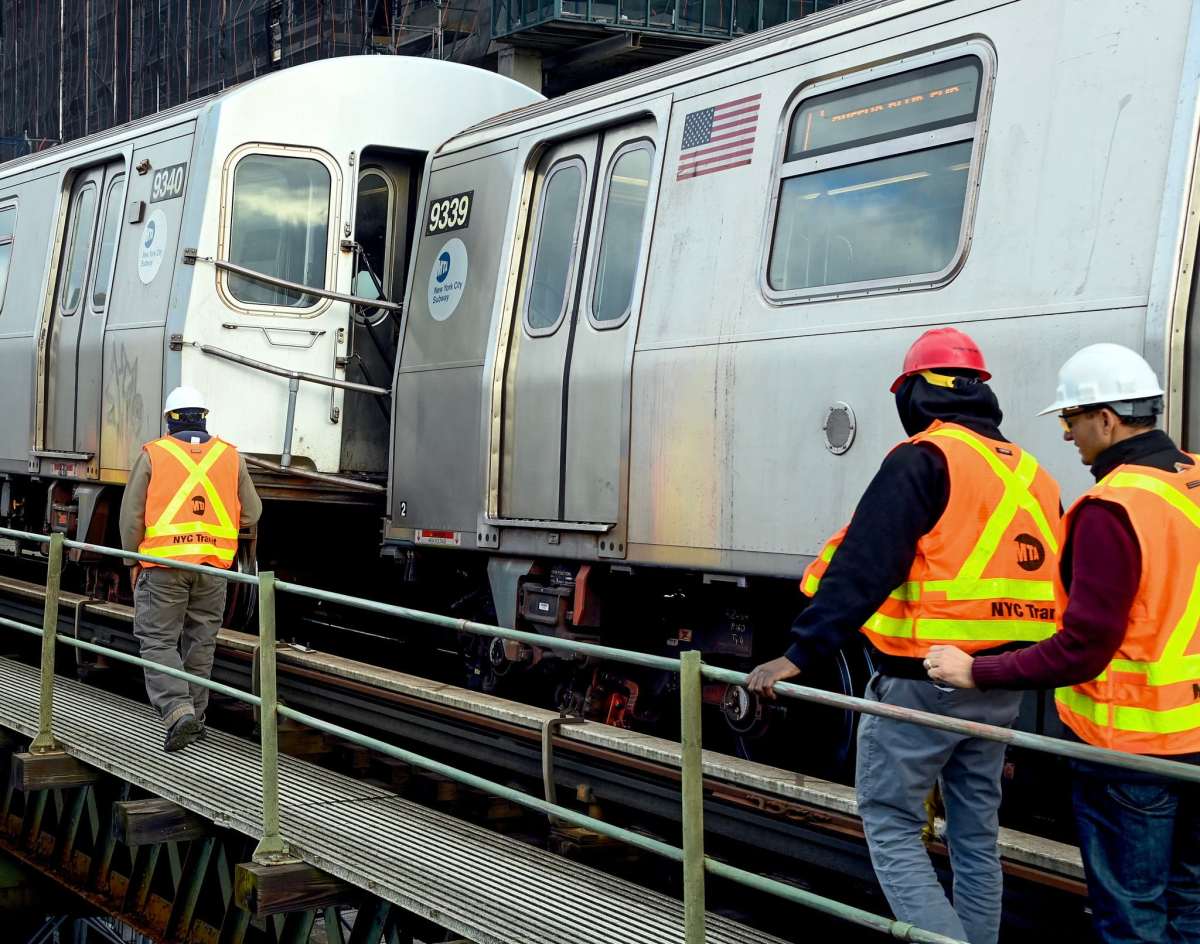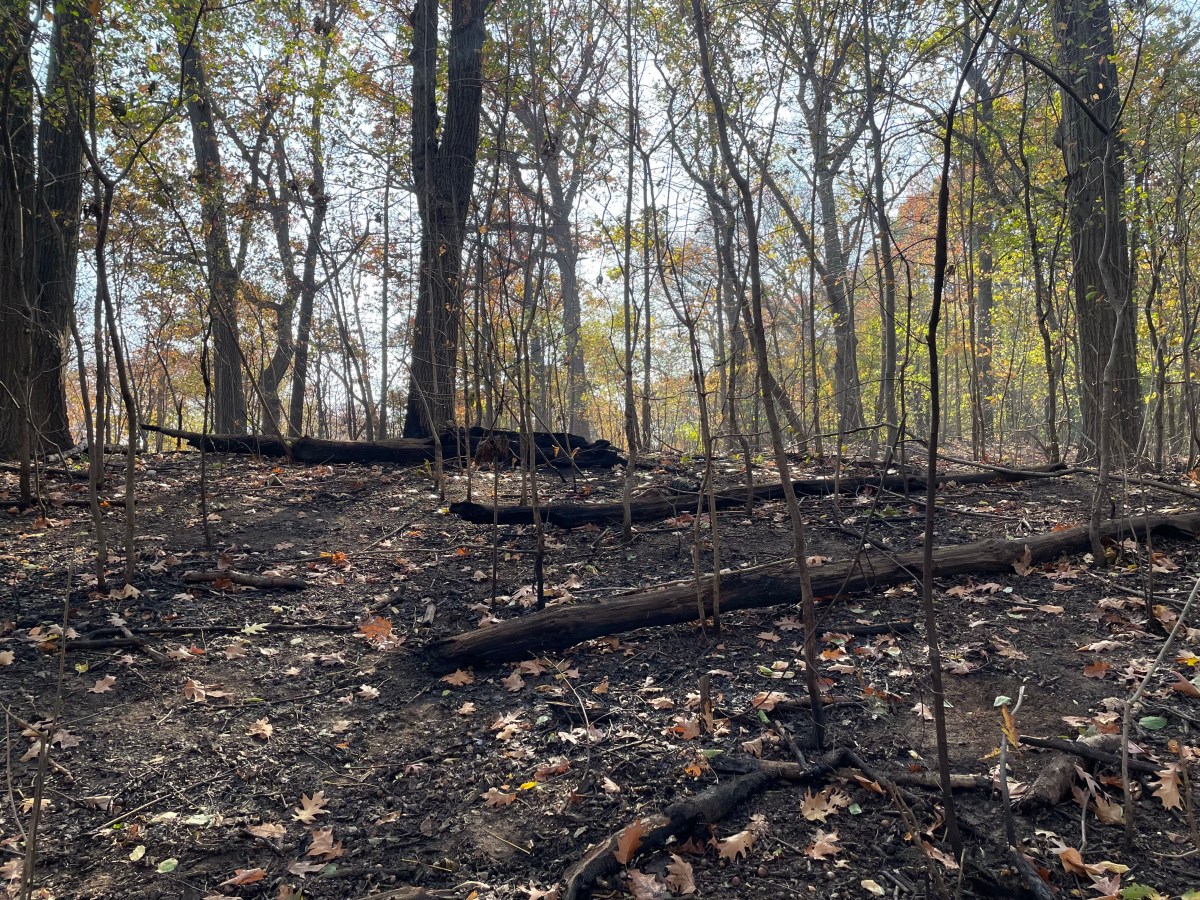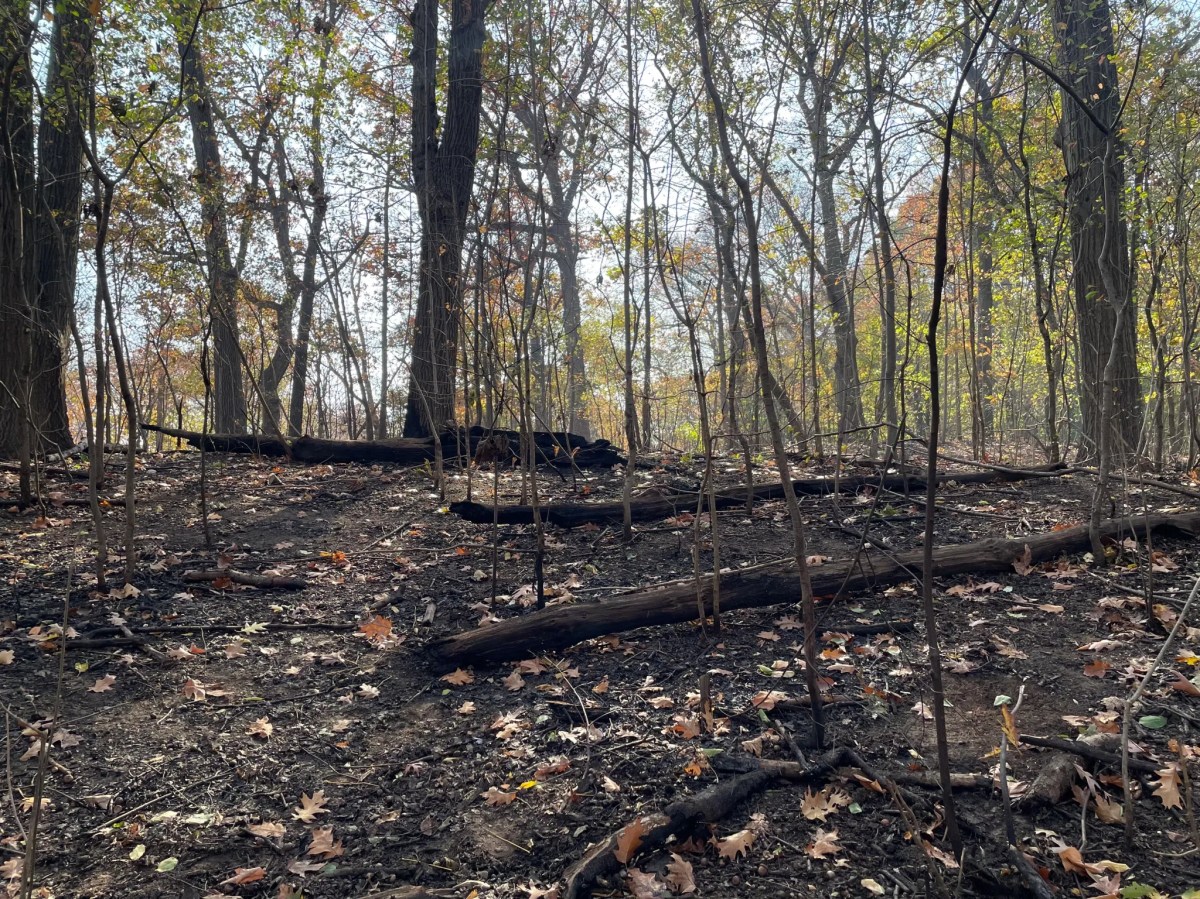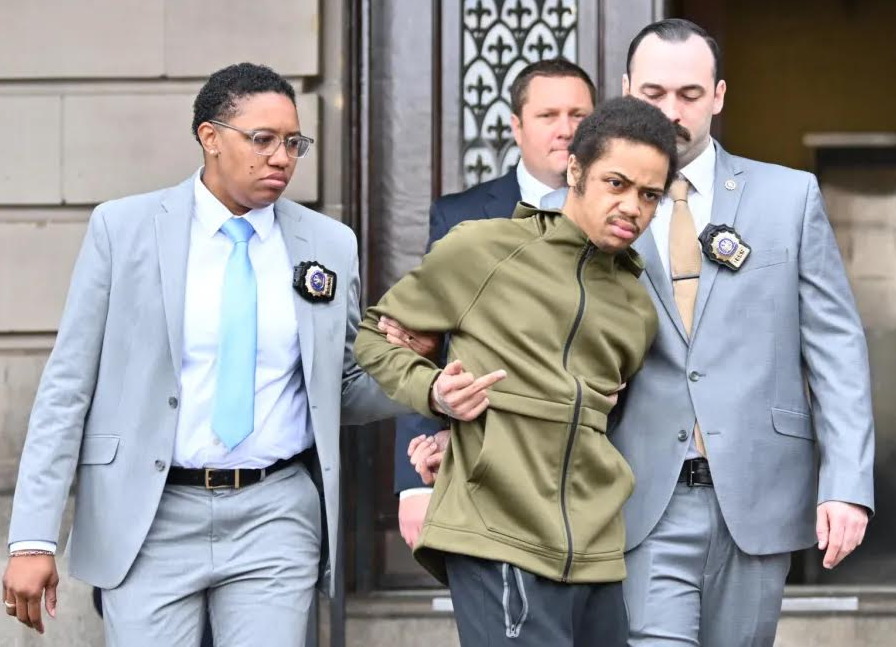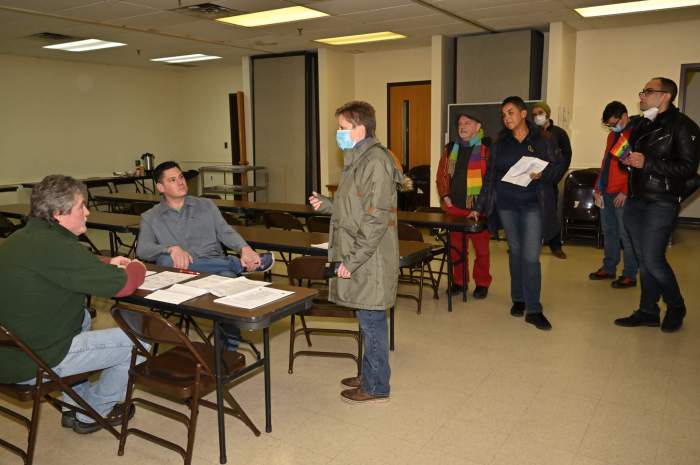The F train was back in service for rush hour on Thursday following a derailment in Brooklyn, the second in a week on the subway.
MTA crews used a crane to remove the F train car which jumped the tracks at low speed near the Neptune Avenue stop in Coney Island on Wednesday. Service was restored to the line in southern Brooklyn just after 5 a.m. Thursday, an MTA spokesperson confirmed, in time for the morning rush hour.
No one was injured in the Jan. 10 derailment, though 37 passengers and crew members had to be evacuated from the train.
The incident was the second subway derailment in just a week, after two No. 1 trains collided and derailed on the Upper West Side last Thursday. Restoring service on the F was a much simpler operation than on the 1, 2, and 3 lines in Manhattan, as the F jumped the tracks on an elevated stretch of the Culver Line.
Prior to last Thursday, the last time a subway train derailed was back in 2020. MTA officials are seeking to reassure the riding public that the subway remains safe, and data shows collisions are far more common behind the wheel of an automobile than on a train.
“Derailments are really infrequent,” said MTA chief Janno Lieber at an event in Scarsdale on Thursday. “It is weird that there were two in a week, because the numbers say that derailments happen once every 3-10 million trips. You get in an automobile, you have a [crash] once every 60-70,000 trips. Subway is the safest way to go.”
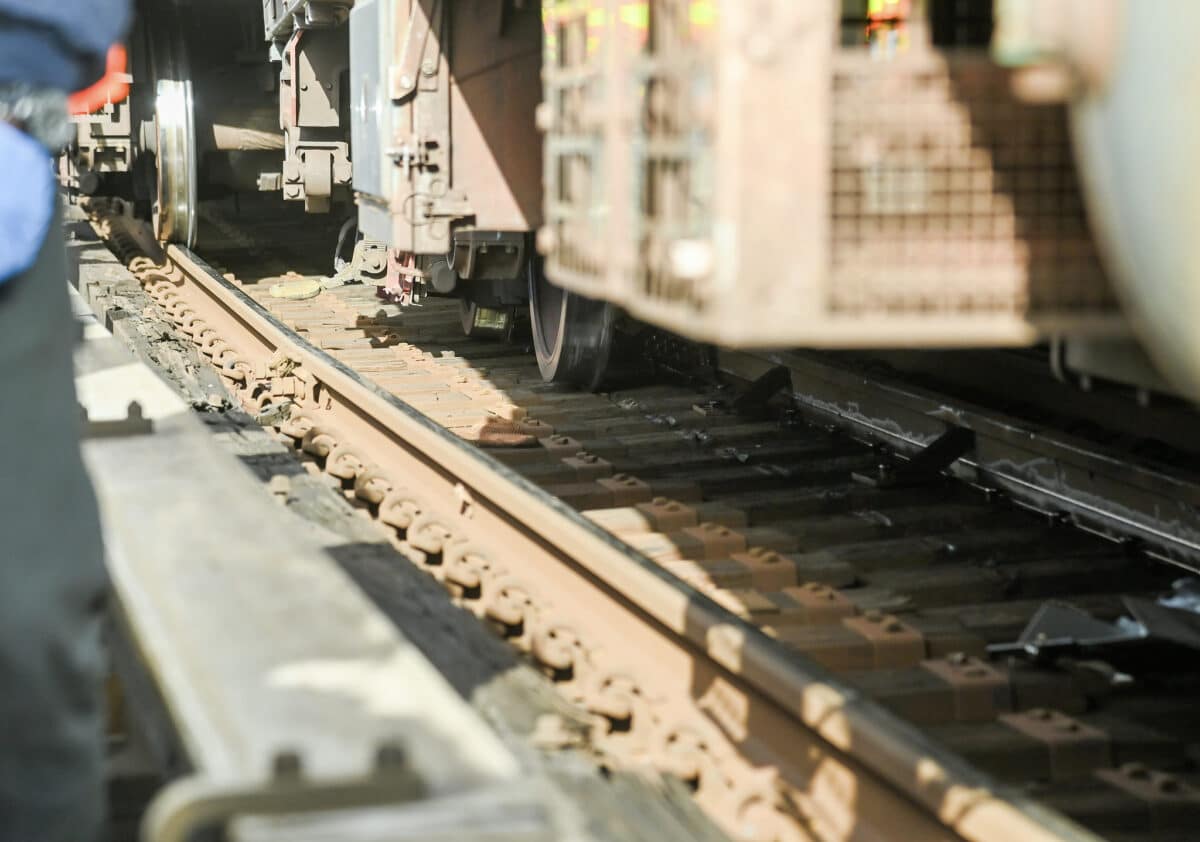
Nonetheless, the F train incident is actually the third subway derailment in as many weeks: on Dec. 20, an N train partially derailed at the Coney Island yard in Brooklyn, though it was not in revenue service at the time.
The MTA is investigating how the F train derailment came to pass. Lieber said the incident — where the wheel of one car jumped the rail — appears to have been related to an issue on the tracks.
“It was a bit of a one-off,” he said. “We are looking at all the things that could’ve played a role, the switches, the signal, the equipment, and the track, and it looks like the track may have been the cause.”
The MTA’s “track geometry” car, which investigates track conditions, had inspected the section of track in Coney Island just a few weeks ago, and hadn’t logged any issues. Unlike on the 1 train, the F train that derailed is of a newer model and contains an “event recorder,” similar to a black box on an airplane, which will provide more information on what exactly went wrong.
A spokesperson for the National Transportation Safety Board said the agency is not investigating the F train derailment. The NTSB launched an investigation last week into the 1 train derailment, which left over two dozen people injured.
Agency chief Jennifer Homendy said last week that given the quick succession of incidents, the NTSB will “look at the entire [subway] system, including how it is managed and supervised.” Investigators have indicated that human error appears to have been at play in the Upper West Side derailment.



